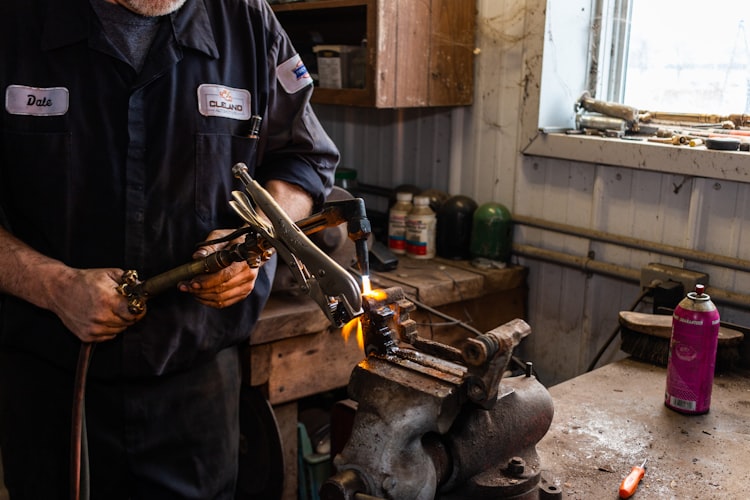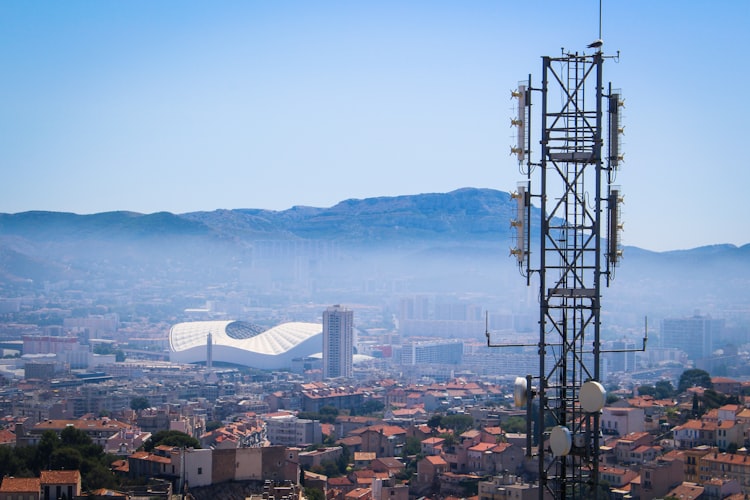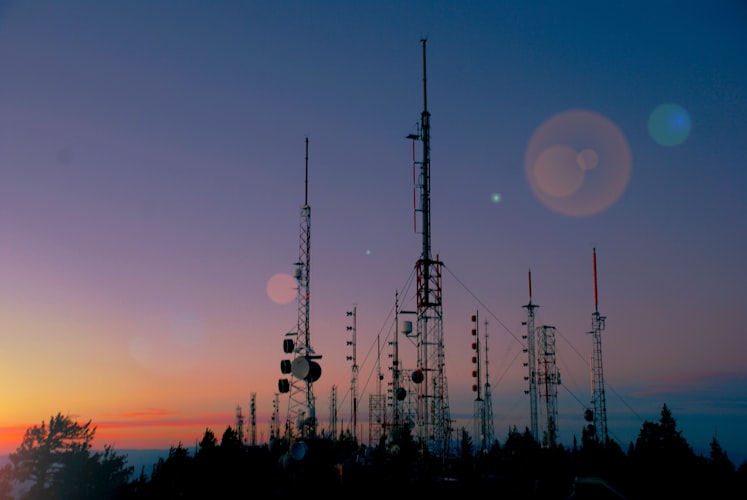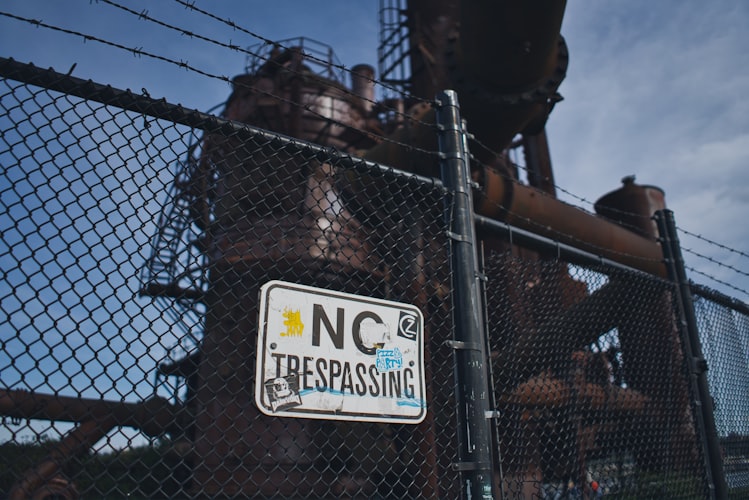Pressed gases are utilized in offices anywhere, and also in other parts of the world, they are identified as Unsafe Items. Harsh treatment needs to be done when keeping and managing gas cylinders. This is crucial to know the various cylinder tube kinds and the one-of-a-kind risks they offer.
Below are some of the most important details about safe storage space and management of gas cylinders. Here are the three kinds of cylinders usual to offices across the globe and the various dangers they offer. These consist of Acetylene Cylinders, High-Pressure Industrial Gas Cylinders, LPG Cylinders.
Gas Bottle Cage for Gas Bottles
Acetylene Cylinders

This is an outstanding fuel for heating as it is incredibly reliable and it melts very hot. Made use of for commercial welding and also cutting, acetylene combined with oxygen is the only combustible gas that is capable of welding steel.
However, acetylene is a volatile gas and can also go through an unsafe chemical reaction called decay. Decomposition creates a great deal of heat that can trigger acetylene to fire up instinctively. In case pure acetylene is given into the environment at stress greater than 15 psi, it could violently disintegrate as well as take off by itself with no spark or flame.
As a result of the risk of decay, acetylene could not be saved similarly to various other gases. This gas needs to be liquified in a solvent (typically acetone) and then supplied in unique cylinders consisting of an absorbent filler product known as a monolithic porous mass.
High-Pressure Industrial Gas Cylinders
These are made from aluminum or steel, making it possible for pressed gases to be safely made use of and moved. Usual industrial gases such as Nitrogen, Hydrogen, Helium, Oxygen, and Co2 are all kept inside gas cylinders.
Gases that are under high pressure could offer severe health and wellness dangers when not kept and handled properly. So, it’s necessary to comprehend both the carcinogen (destructive gases, asphyxiants, harmful gases) of the gases that you use, in addition to the physicochemical dangers of the cylinder tubes themselves.
While numerous compressed gases are combustible, corrosive, and self-reactive, non-flammable and safe gases can end up being hazardous when cylinders end up being loosened, heated, or start to spread the gas in an unrestrained fashion. Several workplace incidents and also casualties have resulted from unsafe cylinders straightforwardly launching gas. This could lead the gas cylinder tube right to a torpedo-like projectile
Liquified Petroleum Gas (LPG) Cylinders
This is utilized in several work environments for heating, cooking, reducing, and sustaining cars such as forklifts. But it is very explosive and asphyxiant, so severe treatment should be done when dealing with and keeping the gas cylinders. Since LPG is so usual– we have been so comfortable taking these cylinders camping or having them attached to our outside grill at home– occasionally, we don’t offer this dangerous item the respect it deserves. It is important to have a high-quality gas bottle cage to keep it.




